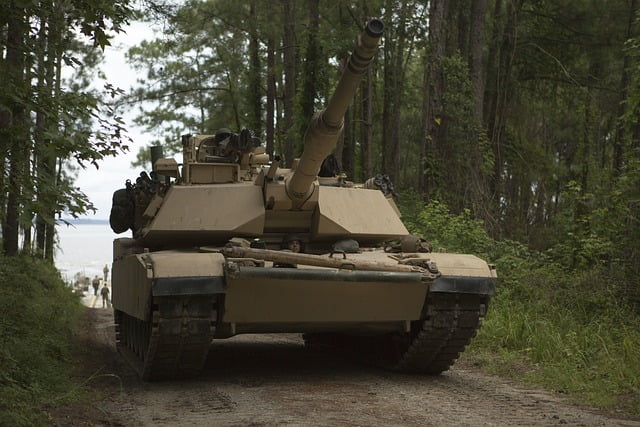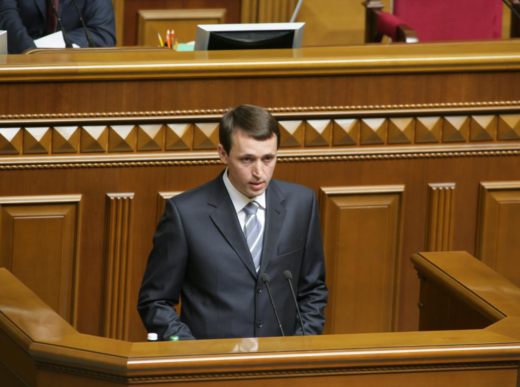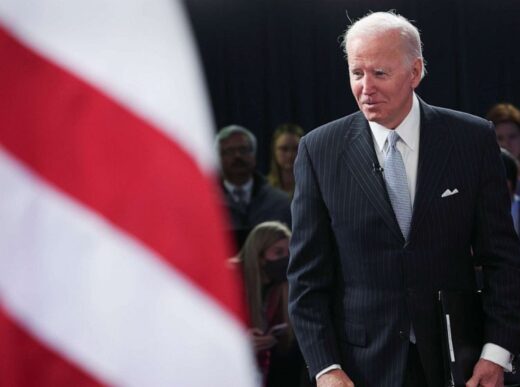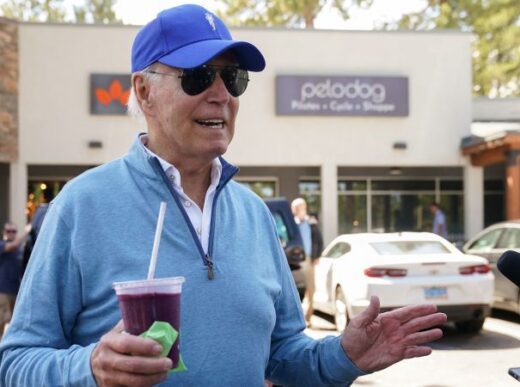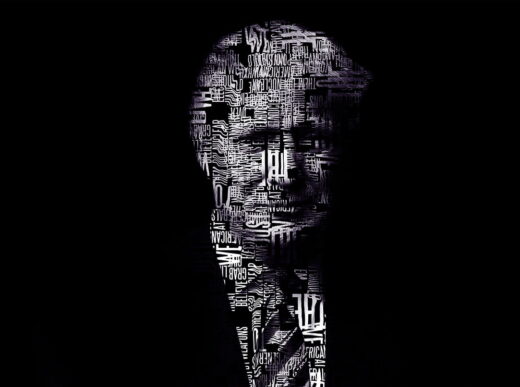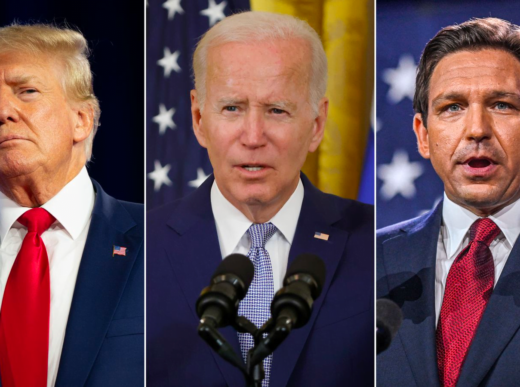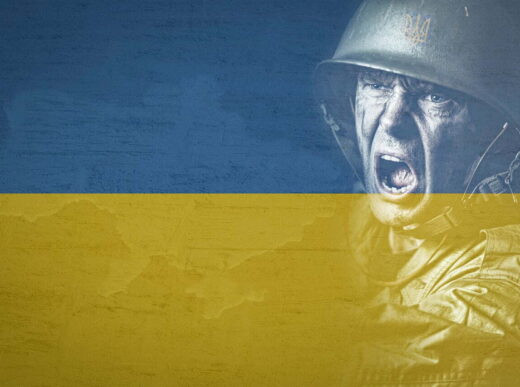The allocation of tanks to Ukraine has been a contentious issue in Europe, with its own set of challenges and difficulties. As we delve deeper into this matter, we are faced with a critical question: Can the United States of America play a decisive role in influencing Europe’s stance on this matter?
To begin with, it is important to understand the current landscape of tank distribution and utilization in Europe. According to the Stockholm International Peace Research Institute (SIPRI), Europe is home to some of the largest producers and exporters of tanks and other weapons systems in the world. These countries are equipped with advanced military technologies, including main battle tanks and infantry fighting vehicles, which are highly sought after by countries such as Ukraine.

Despite its robust military industry, Europe has been grappling with the question of whether or not to provide Ukraine with military support, including tanks. The reasons for this are multi-faceted and complex, but at the heart of the matter lies a fundamental disagreement over the nature of the conflict in Ukraine and the role of the military in resolving it.
For many European countries, the provision of tanks to Ukraine would be seen as a provocative act, given the ongoing conflict in the region and the presence of Russian forces in the country. These concerns have led many European leaders to adopt a cautious stance on the issue, opting to provide non-lethal military support and humanitarian aid instead.
However, this cautious approach has been met with criticism from those who argue that Europe must be more proactive in supporting Ukraine. The argument is that Ukraine is facing a serious threat from Russian-backed separatists and that the country needs all the help it can get in order to defend itself. In addition, proponents of providing Ukraine with military support argue that it would send a clear message to Russia that the international community is committed to supporting Ukraine’s territorial integrity.

Against this backdrop, it is fair to ask if the United States can play a decisive role in influencing Europe’s stance on the allocation of tanks to Ukraine. The answer to this question is complex, and it depends on a number of factors, including the current state of relations between the US and Europe, the political landscape in Europe, and the broader geopolitical context.
Despite these challenges, it is clear that the US has a significant role to play in shaping Europe’s position on this issue. As a superpower and a key player in the international community, the US has a great deal of influence over its allies and partners in Europe. Additionally, the US has a strong military presence in Europe, which gives it significant leverage in shaping the region’s security landscape.
In order to be effective, the US must approach this issue with a nuanced and strategic approach. This means engaging with European leaders and policymakers in an open and transparent manner and taking into account their concerns and perspectives. At the same time, the US must also be clear and decisive in its own position, and be willing to use its military and political power to shape the outcome.
In conclusion, the allocation of tanks to Ukraine is a complex and challenging issue that has significant implications for the security and stability of Europe and the broader international community. The role of the US in influencing Europe’s stance on this issue cannot be overstated, and it is clear that the US must play a decisive role in shaping the outcome. Whether this will result in a more proactive and supportive stance from Europe remains to be seen, but one thing is certain: the world is watching, and the future of Ukraine and Europe rests in the hands of leaders and policymakers on both sides of the Atlantic.
